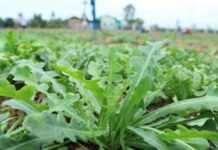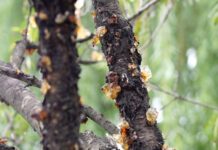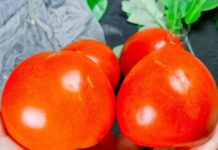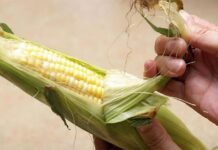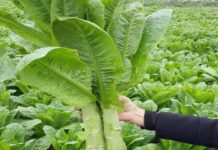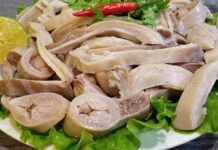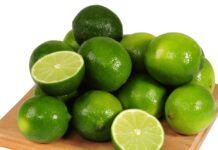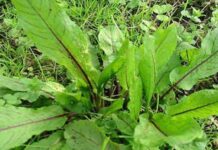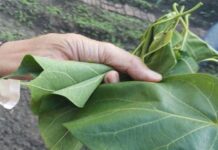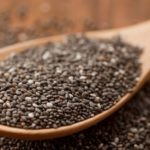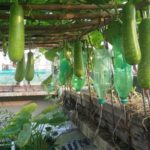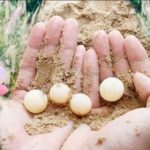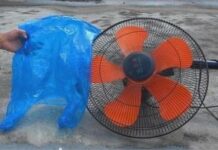Mung bean sprouts are a very cheap food that can be used to make many delicious dishes or added to noodles, hot pots, and more. Not only are there many different ways to eat them, but mung bean sprouts also have a lot of nutritional value.
First of all, they contain a lot of protein and rich amino acids, which can protect blood vessels and enhance the immune system. Secondly, they have a high content of vitamin E, which can prevent oxidation and aging. Thirdly, they have more plant fiber than beans, which can promote intestinal peristalsis and improve nutrient absorption. Because of these benefits, mung bean sprouts should be eaten regularly.
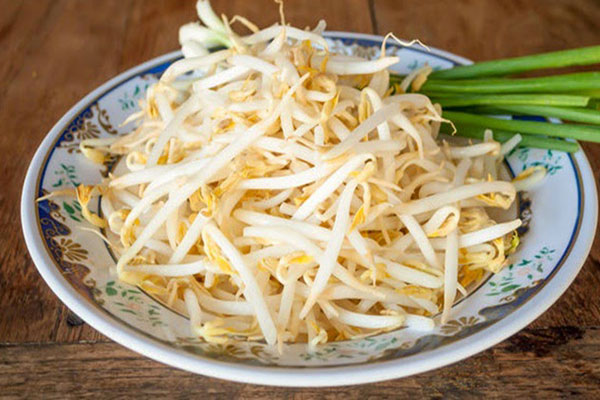
Mung bean sprouts contain a lot of nutrients.
If mung bean sprouts are grown under normal conditions, in a natural environment, there is no problem. However, to accelerate their growth, many people have added some additives. When consuming such mung bean sprouts, the original nutritional value is lost, and it can cause health problems.
When chemical additives are added, mung bean sprouts will grow abnormally, and they will be completely different from naturally germinated mung bean sprouts. This difference can be easily noticed by observant buyers. Just by seeing the following 3 abnormal signs, it is best not to buy those mung bean sprouts.
Yellowish color
Naturally germinated mung bean sprouts are white and sometimes appear slightly yellowish. However, mung bean sprouts with added chemicals will have a whiter appearance due to the inclusion of whitening agents. In addition, naturally grown mung bean sprouts usually have a lot of roots, while mung bean sprouts with additives will have faster growth before the roots fully form.
If you notice that the mung bean sprouts have few roots and the sprouts are too white, then they are likely to have issues.
Strange odor
Naturally grown mung bean sprouts have a pleasant aroma of fresh beans. However, mung bean sprouts treated with chemical substances will have a strange and somewhat pungent odor, which can be detected even with a slight sniff. Sprouts treated with chemicals will often not have the smell of fresh beans.
Soft and hollow stems
Naturally germinated mung bean sprouts have relatively long and firm stems, and they are very crispy when eaten. However, mung bean sprouts treated with additives have soft and tender stems, even though they may look delicious and crispy on the surface.
According to Báo giao thông

